Motherhood, One Nap at a Time
Welcome to your digital village, where I share honest encouragement, researched baby tips, and the simple things that make the newborn days feel a little less overwhelming. Grab a cup of coffee (reheated is fine) and settle in—you’re doing a great job, mama.
Latest travel tips
Discover quick, practical insights to make every trip smoother, more fun, and a little more effortless. Whether you’re planning a weekend getaway or a long escape, these tips will help you travel smarter and enjoy the journey.
All travel tipsThe Lifestyle Starter Bundle
Get my free Lifestyle Starter Bundle and jump into a curated mix of easy routines, home tips, wellness ideas, and gentle inspiration.
Grab the guide now!What’s trending
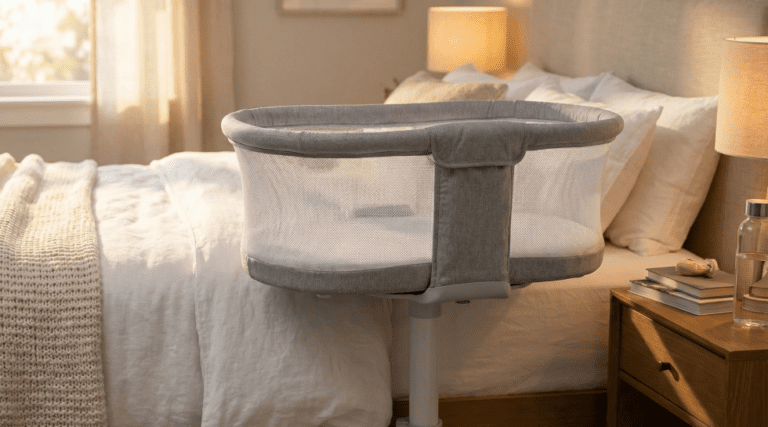 Bassinet
Bassinet
Halo BassiNest 3.0 Review: A C-Section Lifesaver?
The fear of the “crunch”—sitting up in bed after birth—is real. The Halo BassiNest 3.0 claims to solve it with its signature 360-degree swivel, but is that feature a necessity or just a pricey gimmick? We put the assembly, safety, and “3 AM usability” to the test to see if this really is the ultimate C-section lifesaver.
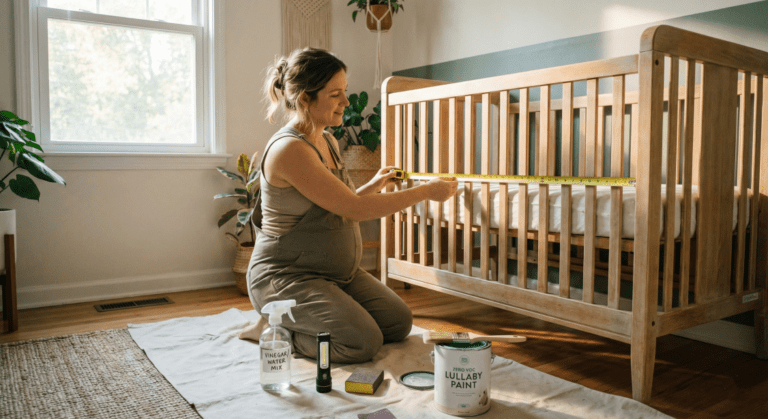 Crib
Crib
Buying a Used Crib? The Ultimate Safety, Inspection, and Restoration Guide
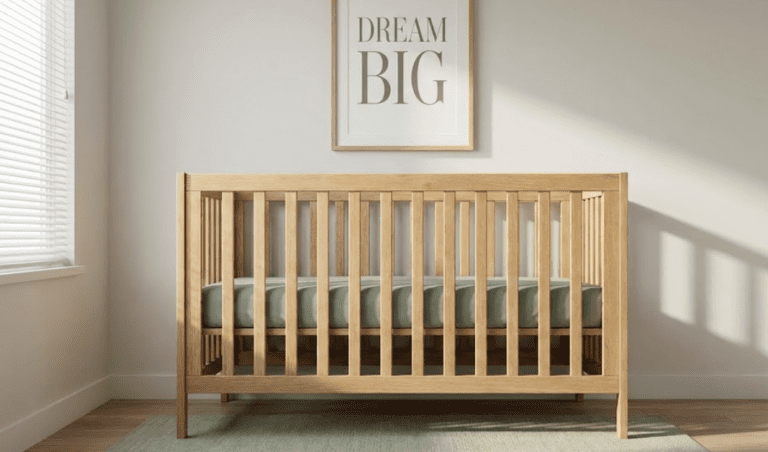 Crib
Crib
Crib Safety Standards 101: Slat Gaps, Drop-Sides, and Recall Checks
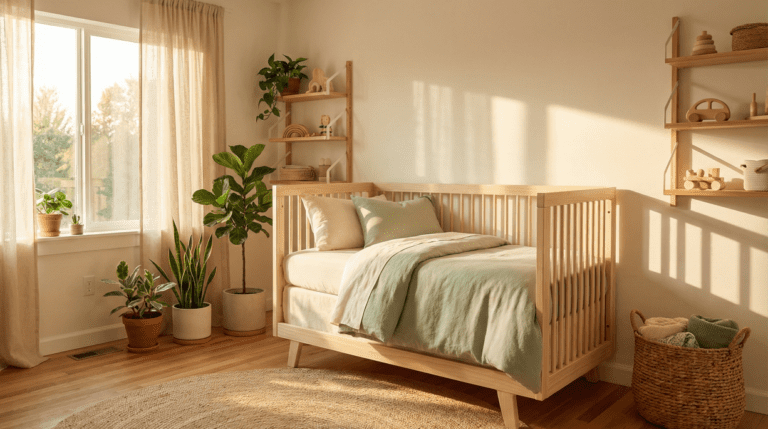 Crib
Crib
The 10 Best Non-Toxic & Greenguard Gold Certified Cribs for Eco-Conscious Moms (2026)
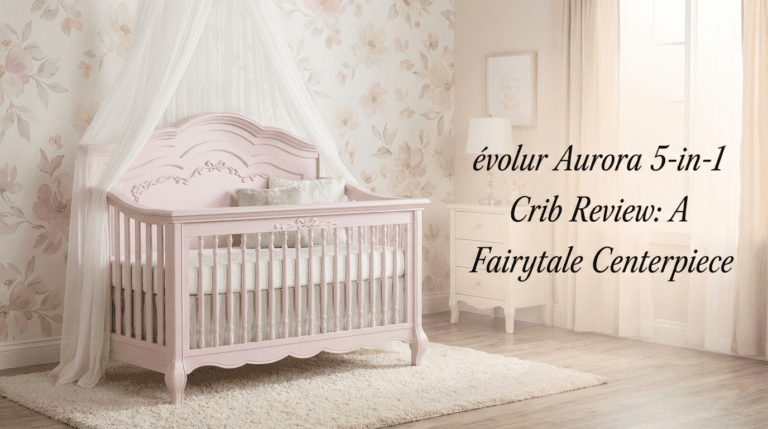 Crib
Crib
évolur Aurora 5-in-1 Crib Review: A Fairytale Centerpiece or Just Hype? (2026)
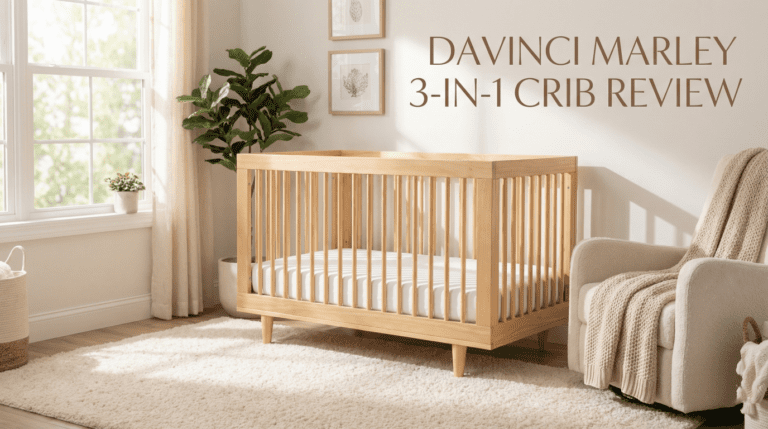 Crib
Crib
Davinci Marley 3-in-1 Crib Review: A Modern Must-Have or Just Hype?
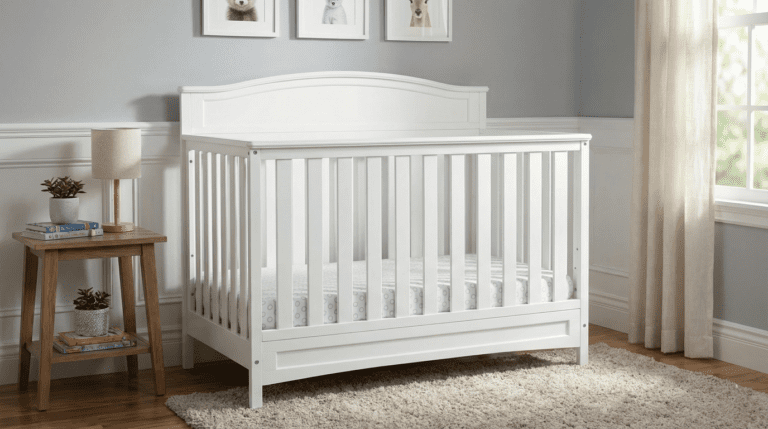 Crib
Crib
Delta Children Emery 4-in-1 Crib Review: The Honest Verdict for 2026
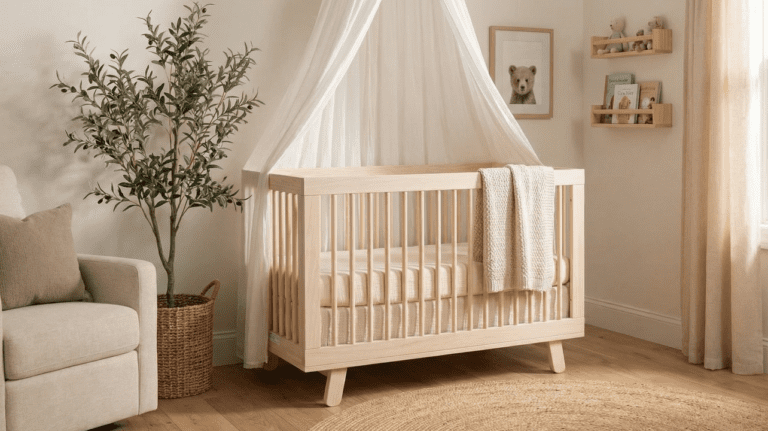 Crib
Crib
Babyletto Hudson 3-in-1 Crib Review: Is It the Perfect Modern Choice for Your Nursery?
 Crib
Crib





